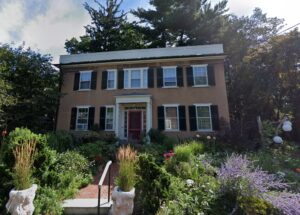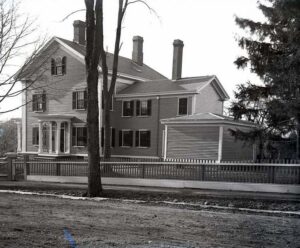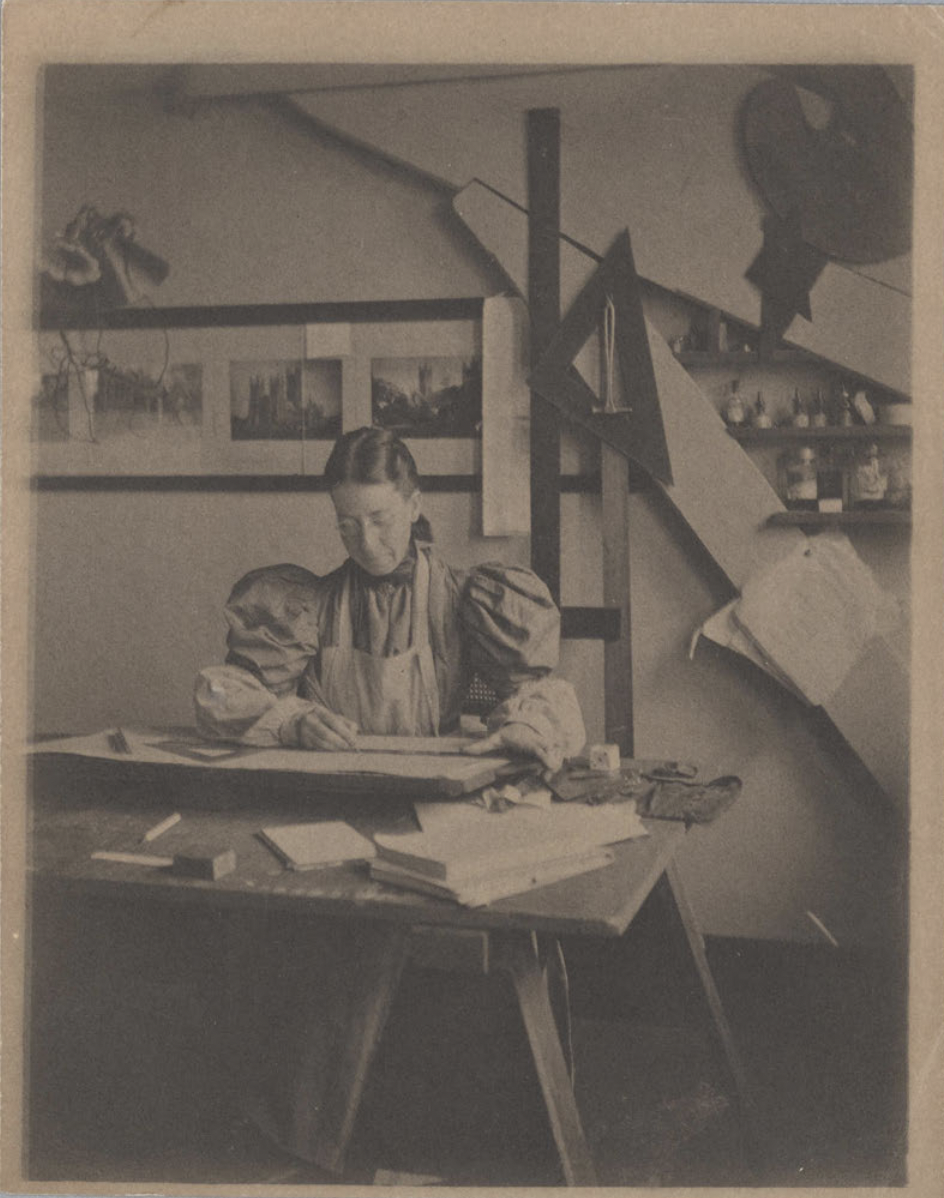As part of our ongoing “Women in Architecture” series, we’re shining a light on Lois Lilley Howe, a trailblazing architect whose innovative work left a profound impact on American architecture. Breaking through gender barriers, Howe’s legacy is not just in her designs but also in the path she paved for future women architects.
The Life of Lois Lilley Howe
Born in 1864 in Cambridge, Massachusetts, Lois Lilley Howe grew up in an environment that cherished education and forward-thinking ideals. Her pursuit of architectural studies led her to the Massachusetts Institute of Technology (MIT), where she was among the first women in the United States to earn an architectural degree in 1890.
Her career began in various architectural offices in Boston, allowing her to develop a keen understanding of design and craftsmanship. In the early 1890s, Howe placed second in a competition, behind Sophia Hayden, to design the Women’s Building at the Chicago World’s Fair. In 1893, showcasing remarkable courage and determination, Howe established her own architectural practice in Boston, a rare feat for women at the time.
Notable Works and Achievements
Howe’s firm, known for its high-quality residential designs, was a pioneer in incorporating the Colonial Revival and Georgian Revival styles with modern functionalities. Many of her most notable works include residential projects in the Gray Garden’s Area, including the Chapman House, a testament to her ability to blend traditional aesthetics with contemporary living needs. Another significant project, the Cornish House reflects Howe’s meticulous attention to detail and her mastery of the Colonial Revival style.

Howe’s work extended beyond residential design; she also made significant contributions to the preservation of historic New England architecture. Her restoration work often highlighted her deep respect for architectural history while ensuring that buildings remained functional and relevant for modern use.
In 1926, Howe co-founded one of the first all-female architectural firms in the United States, Howe, Manning & Almy, Inc. with Eleanor Manning and Mary Almy. This collaboration further established her as a leading figure in the architectural community of New England.

Howe’s professional journey was a pioneering force in an era when women’s roles in professional fields were constrained. She was not only a Director for the Boston Society of Arts and Crafts but also, in 1931, became the first woman elected as a Fellow of the American Institute of Architects (AIA).
Lois Lilley Howe’s legacy endures as a beacon of inspiration for aspiring women architects. Her career exemplifies the profound impact that visionary thinking, coupled with unwavering determination, can have in the world of architecture.

